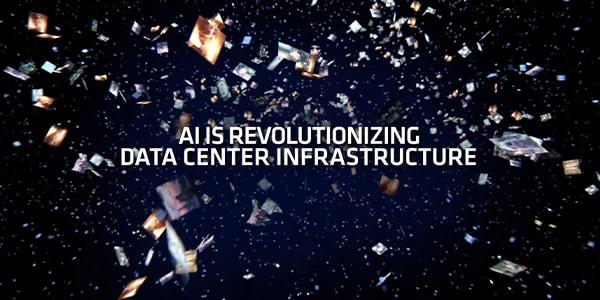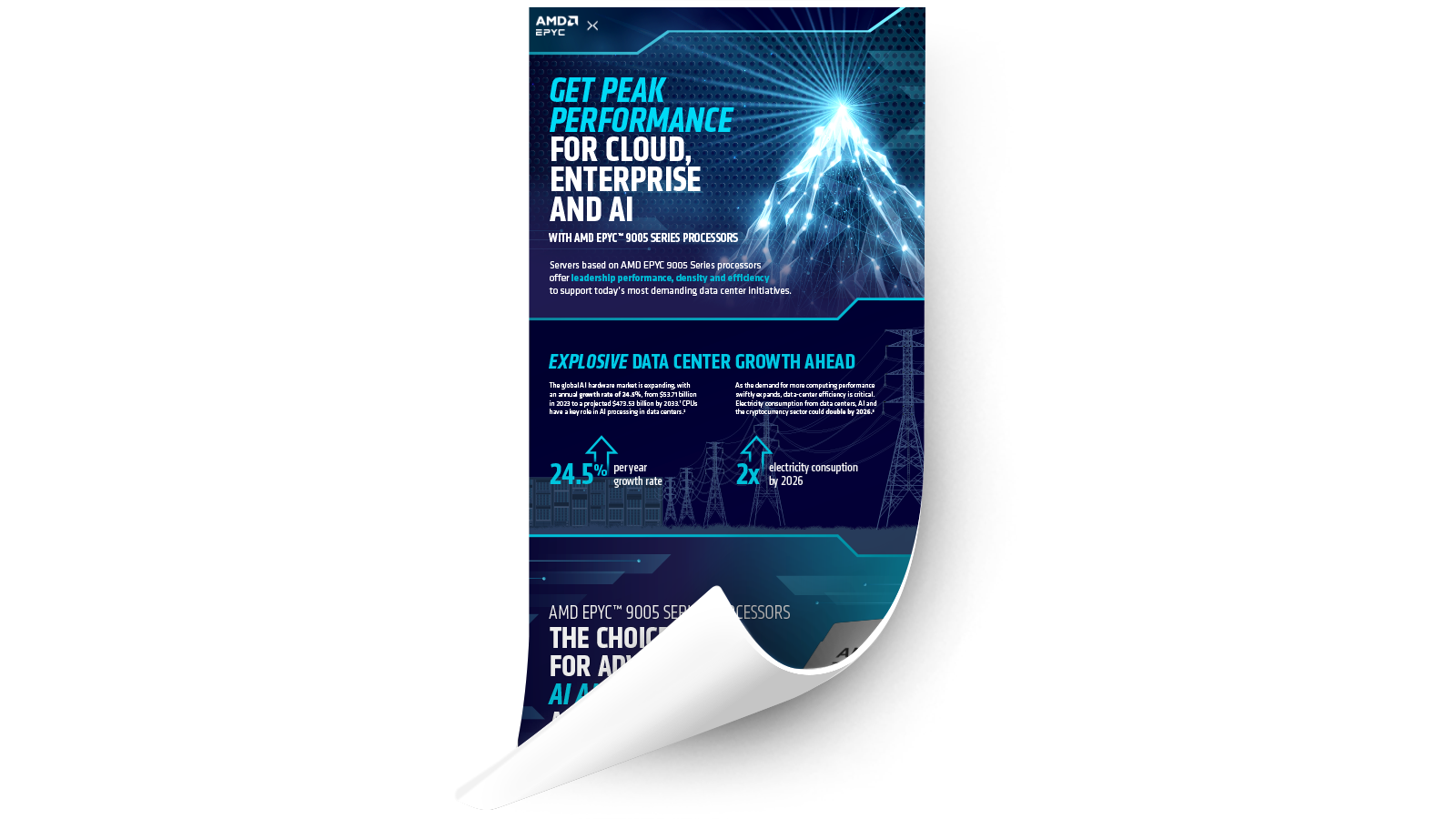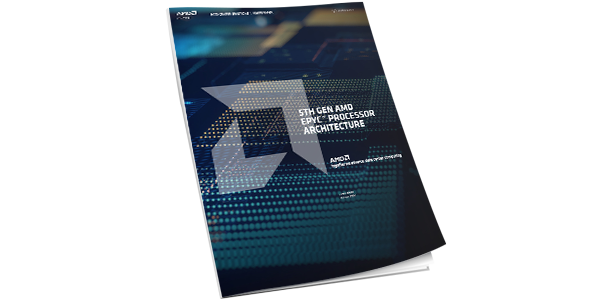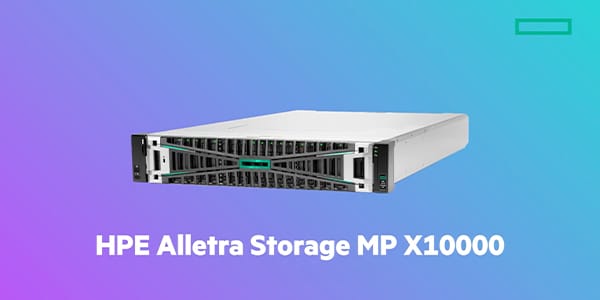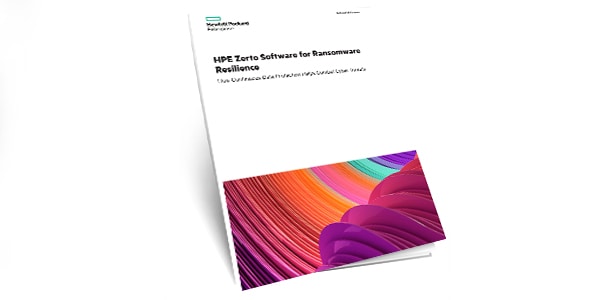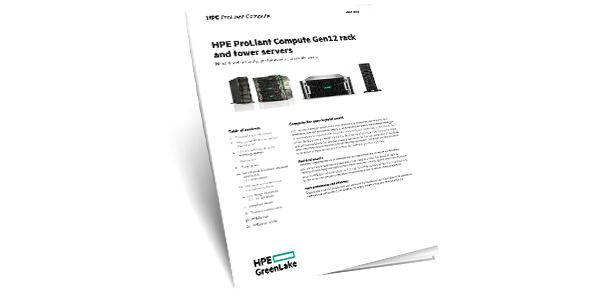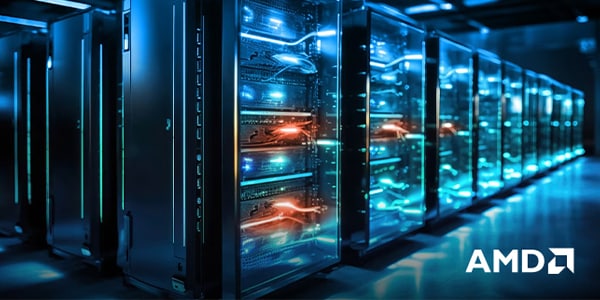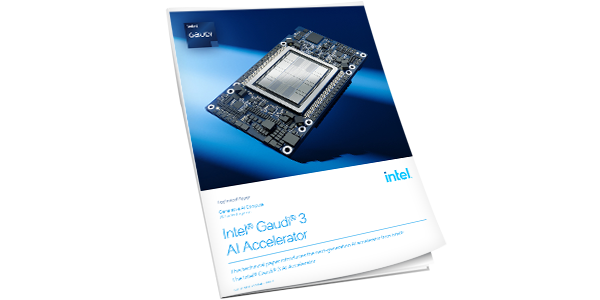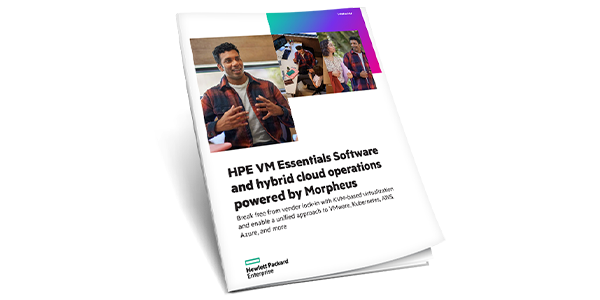Data Center Technology
Powering Performance Through Intelligent Data Center Innovation
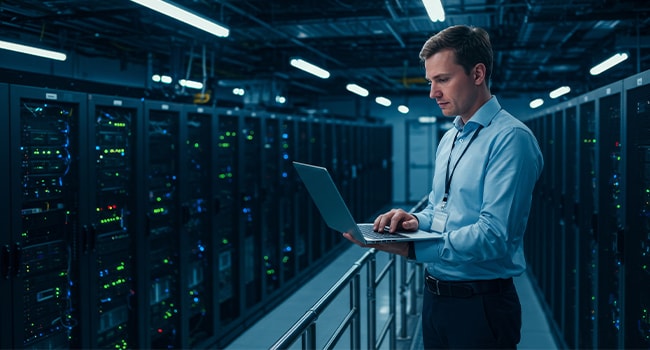
Key innovations include AI-driven automation, liquid cooling systems, and digital twin simulations that optimize performance and reduce energy consumption. These technologies enable real-time monitoring of environmental conditions, predictive maintenance, and smarter resource allocation.
The shift toward hybrid and multicloud architectures is reshaping how organizations balance on-premises infrastructure with cloud services. This transformation is supported by advanced server platforms like AMD EPYC™ and Intel® Xeon®, which deliver high-performance computing for AI and enterprise workloads.
Security and sustainability are also central. Zero Trust frameworks, ransomware resilience tools, and energy-efficient designs are being integrated to protect data and reduce environmental impact.
In this landscape, data centers are becoming strategic enablers of digital transformation—supporting everything from real-time analytics to decentralized computing.
Data Center Technology Topics
Experts urge planning, leadership buy-in, and process efficiency.
View this video to simplify data center complexity.
5 Data Center Technology Trends That Will Define 2026
AI, Hybrid, Resilience, Sustainability, and Edge
The modern data center is evolving fast. AI workloads are exploding, energy efficiency is now a business priority, and hybrid architectures are changing how and where data lives. At the same time, security and compliance expectations keep rising. Staying ahead means moving beyond maintenance to a data center strategy built for flexibility and future growth.Against this backdrop, several key trends are shaping how data centers are being designed, powered, and managed. Here are five to watch in 2026.

AI-Ready Data Centers Become the Baseline
AI is redefining what data centers need to deliver. From model training to large-scale inference, the power and performance demands of AI workloads are pushing traditional infrastructure to its limits. To keep up, organizations are rethinking how they design, power, and connect their facilities.According to one analysis, only 28% of data centers are currently prepared to support AI workloads at high performance levels. Yet the growth ahead is staggering: 43% of new data center facilities are expected to be dedicated to AI workloads. As AI model training and inference generate massive data movement, experts predict a major leap in bandwidth requirements. In fact, 87% of leaders surveyed expect to need fiber optic capacity of 800 Gb/s or higher per wavelength to keep up.
These trends highlight just how quickly data center priorities are shifting. Preparing for AI-driven workloads now can help your organization scale more efficiently later—by investing in power, cooling, and connectivity that can adapt as demand grows.
Cloud-Smart Hybrid and Multicloud Takes Priority
Cloud-first is giving way to cloud-smart. The idea is simple: run each workload where it delivers the most value for performance, cost, and compliance. Regulated or latency-sensitive tasks may stay on-premises or in a private cloud. When demand spikes, workloads can expand into the public cloud. The priority is to manage everything through a single view and apply consistent policies across environments.The market is moving in this direction. A global study of more than 1,400 IT decision-makers found that over 90% plan to make significant changes to their cloud approach in the next two years, with hybrid models gaining momentum. In another survey, cloud leaders are about four times more likely to use multicloud, linking the approach to speed and agility.
If you are updating your cloud strategy for 2026, start by writing simple placement rules anyone on the team can understand, covering latency, sensitivity, and total cost. Then enforce those rules with a single governance layer across on-prem, private, and public cloud using native management tools such as Azure Arc, AWS Control Tower, or Google Cloud’s Anthos.
Cyber Resilience Becomes Core Infrastructure Strategy
With global cybercrime losses projected to hit $10.5 trillion in 2025, organizations face relentless pressure not only to prevent breaches but also to recover from them and verify their systems are intact. Ransomware, data extortion, and pervasive credential theft are driving both downtime risk and reputational exposure. Prevention alone won’t suffice if you don’t architect for recovery and prove that you can restore operations quickly and reliably.That’s why a layered cyber-resilience strategy is now baseline. A zero-trust network architecture assumes every connection could be a threat, restricting lateral movement and enforcing least-privilege access. Immutable backups guarantee that even if data is compromised or encrypted, you have a tamper-proof copy to recover from. And regular disaster-recovery testing, including failover drills, scenario simulations, and validation of business-critical workflows, verifies that those recoveries will work when needed. Together, these three components (prevention, recovery, verification) build the “stack” that shifts you from reactive to resilient—ensuring you’re ready not just to stop the next attack, but to bounce back from it.
Sustainable Modernization Is a Prerequisite for Growth
Sustainability is shaping where and how data centers grow. Deloitte forecasts that global data center electricity use could roughly double by 2030, with generative AI as a major driver of demand. This means power will be harder to secure, operating costs will face more scrutiny, and stakeholders will expect visible progress on ESG goals. Build efficiency into every plan and make it measurable: start power procurement and coordination with your power provider early, apply proven energy-saving practices, choose sites with reliable power and renewable options, and report progress with simple metrics.Edge-to-Core Convergence Redefines Operations
Edge is expanding as organizations move more processing closer to where data is created, while training and governance remain in core data centers and the cloud. Many operators expect the number of edge sites to grow significantly by the middle of the decade, according to Vertiv’s research. Managing this expanded ecosystem requires a unified approach, so IT leaders are looking for one framework to monitor, secure, and manage both edge and core environments.A simple way to start is to standardize the basics and grow from there:
✔ Choose one system of record to monitor key sites and alerts.
✔ Align a short list of policies for access, updates, and backups across edge and core.
✔ Pilot automation for routine tasks like patching and configuration changes, then expand to more locations.
Building the Future of the Data Center
A future-ready data center strategy for 2026 combines AI-ready designs, cloud-smart placement, a layered cyber resilience stack, sustainable modernization, and unified edge-to-core operations. The result is a technology platform that can scale, stay secure, and adapt to challenges as AI use cases and regulations evolve.Data Center Infrastructure: Compute Resources
AMD EPYC™ 5th generation processors Infographic
AMD EPYC™ 5th generation processors Whitepaper
Intel® Xeon® 6 Product Brief
Computer Servers
Scalable servers are the backbone of a modern data center, enabling reliable performance, secure operations, and future-ready flexibility. As business demands grow, choosing the right server infrastructure ensures efficient data processing, storage, and management—positioning your organization to scale confidently and meet evolving IT and operational goals.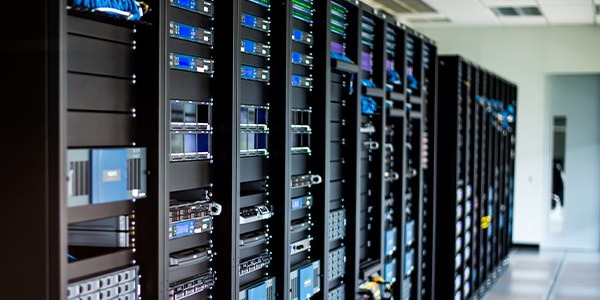
Data Center Infrastructure: Storage Systems
Ask the Experts Segment – Security
HPE Zerto Software for Ransomware Resilience
Data Center Storage
Data center storage encompasses systems and technologies that securely manage and store enterprise data. It includes scalable solutions like hard drives, solid-state drives, and storage area networks. Designed for reliability and performance, modern infrastructures support virtualization, cloud integration, and disaster recovery to ensure continuous access and operational resilience.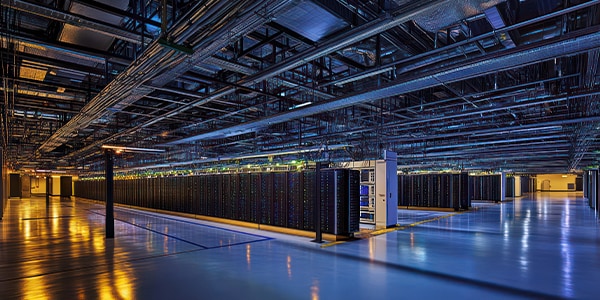
Artificial Intelligence for IT Operations (AIOps)
Ask the Experts Segment - AI Ops
The AMD Advantage for AI and Data Centers
Intel® Gaudi® 3 AI accelerator
HPE Private Cloud AI overview
HPE VM Essentials Software and hybrid cloud operations powered by Morpheus
Artificial Intelligence for IT Operations (AIOps)
AIOps uses artificial intelligence and machine learning to streamline IT operations by automating routine tasks, identifying and resolving issues before they escalate, and improving infrastructure performance. It supports proactive monitoring, faster incident response, and operational cost efficiency—enhancing visibility, reliability, and productivity across complex IT environments.
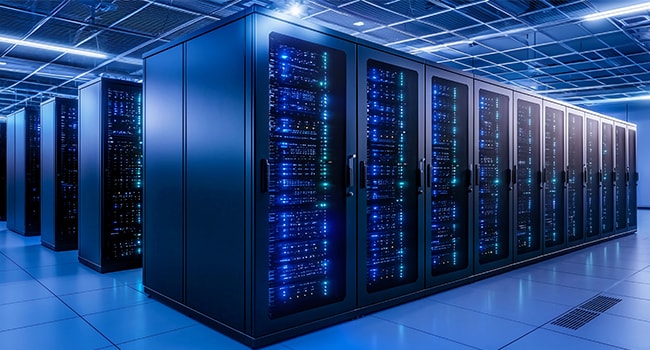
Data Center AI Roadmap
This roadmap to AI-ready data center technology outlines the evolution of legacy infrastructure into intelligent, automated systems. It highlights key steps, tools, and strategies for enabling scalable, high-performance environments optimized for artificial intelligence workloads.Connection Community
Living on the Edge: Securing Retail IT...
Retailers are under enormous pressure to deliver faster, more seamless customer experiences. From frictionless checkout and real-time inventory visibility to... Read More
Azure VMware Solution: Hybrid Cloud for...
Organizations running VMware workloads are under increasing pressure to modernize without disrupting daily operations. Azure VMware Solution (AVS) provides a... Read More
Microsoft 365 E5: Maximizing Productivity...
To thrive in the modern digital workplace, organizations and their employees need more than just the basic tools to get... Read More
Edge Evolution Powers the Modern Factory
Edge computing has come a long way since the days of content delivery networks. Originally, it was used to cache... Read More
Livin’ on the Edge: How Healthcare IT Can...
If you’ve worked in tech long enough, you know we love our acronyms. We invent new ones, recycle old ones,... Read More
